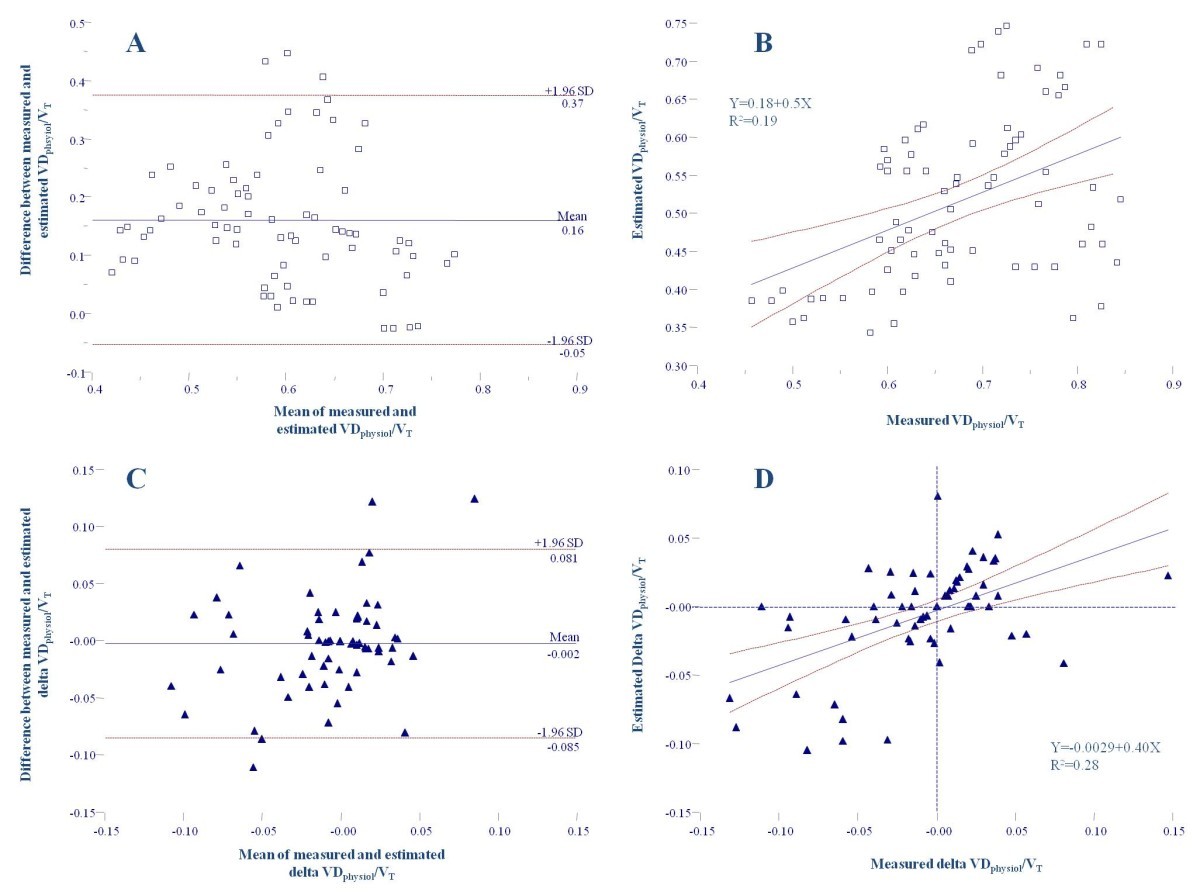

(VA) is the volume of air breathed in per minute that (1) reaches the alveoliĪnd (2) takes part in gas exchange. 41, along with representative normal values. These and other relationships are diagrammed inįig. VE is also the sum of two other ventilations, alveolar It is useful to remember that VE is the breathing frequency (f) per minute times the tidal Clinically this difference is not important,Īnd by convention minute ventilation is always measured on an expired sample and symbolized VE. Greater than the amount expired per minute (VE). Quantitatively, the amount of air breathed in per minute (VI) is slightly Or total ventilation is the amount of air moved in or out of the V stands for volume and the dot for "per unit time". Or minute, the term does not have any more specific meaning. Movement of air into and out of the lungs without a preceding adjective, such as alveolar To prevent such confusion, it will be helpful to define certain terms at the outset. This ambiguity is often confusing for the listener,Įspecially when terms like "hyperventilation" and "hypoventilation"Īre used. In casual conversation, the word ventilation is often usedīy different people to mean different things. VENTILATION - MINUTE, ALVEOLAR, AND DEAD SPACE

PCO 2 - its relation to alveolar ventilation and CO 2 production.Ventilation - minute, alveolar, and dead space

Chapter 4: PCO2 and Alveolar Ventilation (Part 1)


 0 kommentar(er)
0 kommentar(er)
